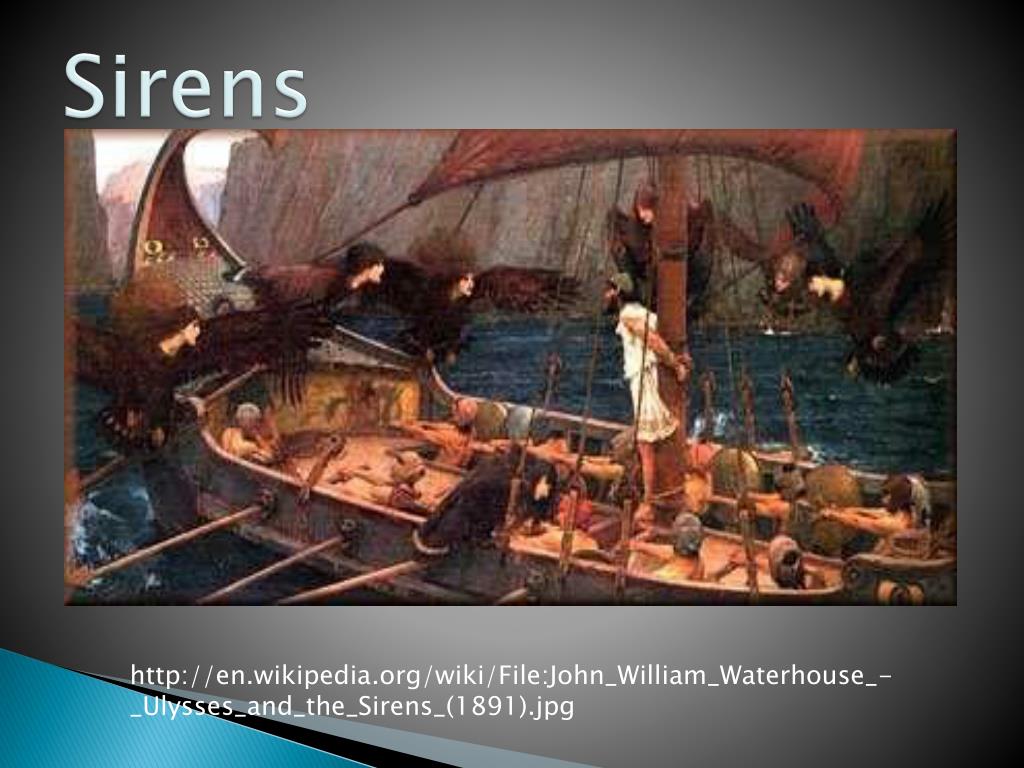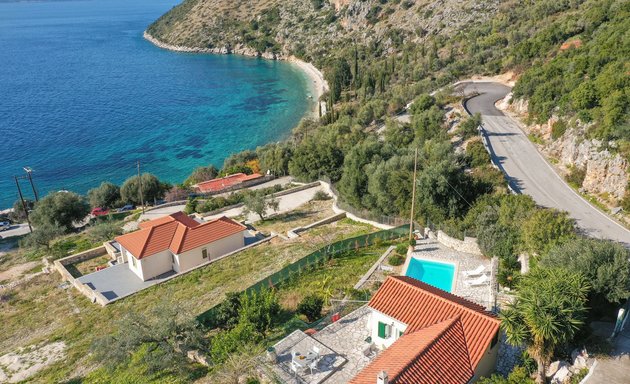

Over the next two decades, Peru’s gross national product per capita grew twice as fast as the average in the rest of Latin America, with its middle class growing four times faster.

Reforms in Peru gave indigenous entrepreneurs and farmers control over their assets and a new, more accessible legal framework in which to run businesses, make contracts and borrow-spurring an unprecedented rise in living standards.īetween 19, Peru won the only victory against a terrorist movement since the fall of communism without the intervention of foreign troops or significant outside financial support for its military. The conventional wisdom proved to be wrong, however. As anyone who’s walked the streets of Lima, Tunis and Cairo knows, capital isn’t the problem-it is the solution. Fashionable opinion held that the people rebelling were the impoverished or underemployed wage slaves of Latin America, that capitalism couldn’t work outside the West and that Latin cultures didn’t really understand market economics.

By 1990, a Marxist-Leninist terrorist organisation called Sendero Luminoso, or Shining Path, had seized control of most of my home country, Peru, where I served as the president’s principal adviser. A generation ago, much of Latin America was in turmoil. Right now, all we hear about are airstrikes and military manoeuvres-which is to be expected when facing down thugs bent on mayhem and destruction.īut if the goal is not only to degrade what President Barack Obama rightly calls Islamic State’s “network of death” but to make it impossible for radical leaders to recruit terrorists in the first place, the West must learn a simple lesson: Economic hope is the only way to win the battle for the constituencies on which terrorist groups feed. As the US moves into a new theatre of the war on terror, it will miss its best chance to beat back Islamic State and other radical groups in the Middle East if it doesn’t deploy a crucial but little-used weapon: an aggressive agenda for economic empowerment.


 0 kommentar(er)
0 kommentar(er)
